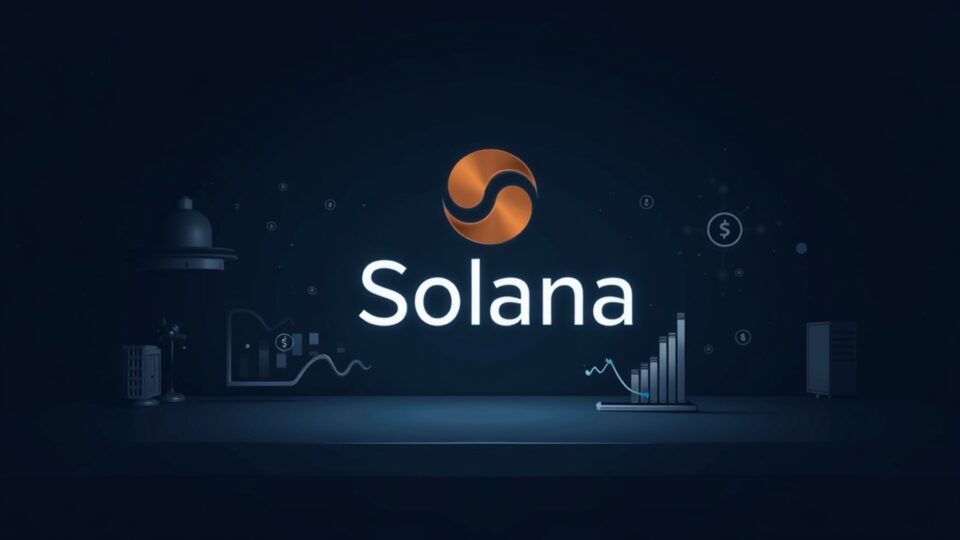Solana ETFs attracted $369M in November, a significant inflow into vehicles that combine exposure to SOL with income generation and that are seen as attractive alternatives for institutional investors and managers who prioritize operational yield. The figure fits into a larger accumulation trend, with cumulative flows exceeding $2.000M since the ETFs’ launch.
November registered episodes of concentrated inflows, including $55M in a single day (November 19) and $145M in the span of a week, according to data that reflect the concentration of interest. On the product side, traditional and crypto-specialized managers have boosted accessibility: VanEck, Fidelity, 21Shares and Bitwise appear among the providers that have extended regulated conduits, and Grayscale has proposed ETPs that combine spot exposure with staking rewards. VanEck filed an 8‑A that anticipated an imminent listing; Bloomberg Intelligence called the approval “100% certain,” in the words of analyst Eric Balchunas.
Robust institutional flow translated into direct purchases and corporate bets: NewGenIvf Group committed $30M and Brera Holdings —renamed Solmate— pivoted toward Solana infrastructure with an investment plan of $300M and a direct purchase of $50M of SOL from the network’s foundation. These moves underscore the alignment between regulated vehicles, corporate strategies and on-chain exposure.
Solana ETFs: flows, product offering and institutional adoption
The Solana ecosystem combines operational throughput and transactional capacity: its architecture enables thousands of transactions per second at minimal costs, a factor that favors decentralized finance (DeFi) applications and stablecoin markets. The market capitalization of stablecoins on the network reached $10,8B, while the global Total Value Locked (TVL) compares approximately $61,8B on Ethereum versus $10,8B on Solana, reflecting differences in scale and maturity between the two chains.
Staking yields on Solana are competitive: cited ranges span between 6,6% and 11,5% APY, compared to more moderate percentages on Ethereum (2,98%–5% APY); staking consists of locking tokens to validate transactions and receive rewards. In addition to staking, users access yield from lending, liquidity provision and farming strategies on protocols like Tulip or Raydium, illustrating the breadth of income-generation avenues available on the network.
Despite the appeal of yield, clear risks remain: impermanent loss is the relative loss incurred by a liquidity provider from price variations within a pool, and slashing is the penalty that can reduce staked funds if a validator breaches the protocol’s rules. Key exposures include extreme SOL price volatility, failures or exploits in smart contracts, and the absence of a uniform regulatory framework that guarantees protection and operational clarity.
According to J.P. Morgan, the potential of Solana ETFs could surpass that of Ether ETFs in certain scenarios due to higher staking yield and retail traction, but that projection depends on regulatory and custody developments.
The $369M flow in November confirms a rotation toward yield products within the crypto universe, driven by competitive staking and new regulated vehicles; nonetheless, the segment’s consolidation will be subject to regulatory approvals and listing expansions.

